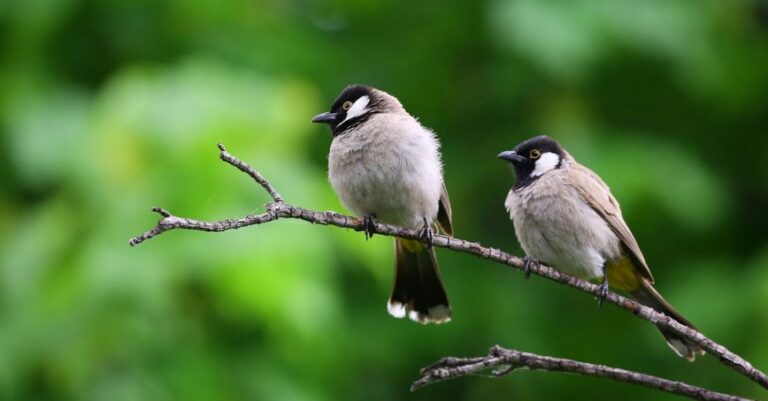
Exploring the captivating Galapagos Islands is a dream for many wildlife enthusiasts, especially birdwatchers. With its diverse avian population, ranging from iconic blue-footed boobies to the charismatic waved albatross, identifying Galapagos bird species can be an exciting challenge. Here are some tips to help you distinguish and appreciate the unique birdlife of this extraordinary archipelago.
Understanding the Galapagos Ecosystem
Before delving into bird identification, it is crucial to grasp the ecological context of the Galapagos Islands. The archipelago, located in the Pacific Ocean, is renowned for its isolated biodiversity and endemic species. The varying habitats across the islands, including lush highlands, arid lowlands, and rocky coastlines, provide a diverse range of environments for different bird species to thrive.
Unique Adaptations and Behaviors
One of the key aspects of identifying Galapagos bird species is recognizing their distinctive adaptations and behaviors. Evolution has played a significant role in shaping the avian inhabitants of the islands, leading to unique characteristics that set them apart from their mainland relatives. For example, the Galapagos finches, famously studied by Charles Darwin, exhibit diverse beak shapes tailored to their specific diets and foraging techniques.
Observing Physical Features
When observing Galapagos birds, paying attention to their physical features is essential for accurate identification. Look for distinctive markings, colors, sizes, and shapes that can help differentiate between species. For instance, the blue-footed booby’s striking blue feet and webbed toes are a clear identifier, while the waved albatross’s impressive wingspan and elegant flight patterns distinguish it from other seabirds.
Habitat Preferences and Distribution
Understanding the habitat preferences and distribution of Galapagos bird species can also aid in identification. Different birds are associated with specific ecosystems, such as the Galapagos penguin, which is found along the rocky shorelines and cool waters of the islands. By knowing where certain species are commonly found, you can narrow down your search and increase the likelihood of spotting them during your birdwatching excursions.
Behavioral Cues and Vocalizations
Bird behavior and vocalizations can offer valuable clues when trying to identify species in the field. Pay attention to how birds move, feed, interact with each other, and communicate through calls and songs. The distinctive courtship displays of species like the magnificent frigatebird or the elaborate dances of the blue-footed booby are unmistakable behaviors that can help you identify them from a distance.
Seasonal Variations and Migrations
Seasonal variations and migrations play a significant role in the presence and abundance of certain bird species in the Galapagos Islands. Some birds are resident year-round, while others visit the islands during specific times of the year for breeding or feeding purposes. Understanding the seasonal patterns of birdlife in the archipelago can enhance your birdwatching experience and increase the chances of encountering rare or migratory species.
Conservation and Responsible Tourism
As you embark on your journey to identify Galapagos bird species, it is crucial to prioritize conservation and responsible tourism practices. Respect the natural habitats of the birds, maintain a safe distance, and refrain from disturbing or feeding wildlife. By being a conscientious visitor, you can help preserve the fragile ecosystems of the islands and ensure that future generations can also enjoy the beauty and diversity of Galapagos birdlife.
Appreciating the Diversity of Galapagos Birds
In conclusion, identifying Galapagos bird species is a rewarding pursuit that allows you to immerse yourself in the rich biodiversity of these enchanting islands. By honing your observation skills, learning about the unique adaptations of avian inhabitants, and respecting their natural habitats, you can deepen your appreciation for the diverse birdlife that calls the Galapagos home. So, grab your binoculars, set out on an adventure, and marvel at the wonders of these remarkable feathered creatures in their pristine island paradise.





